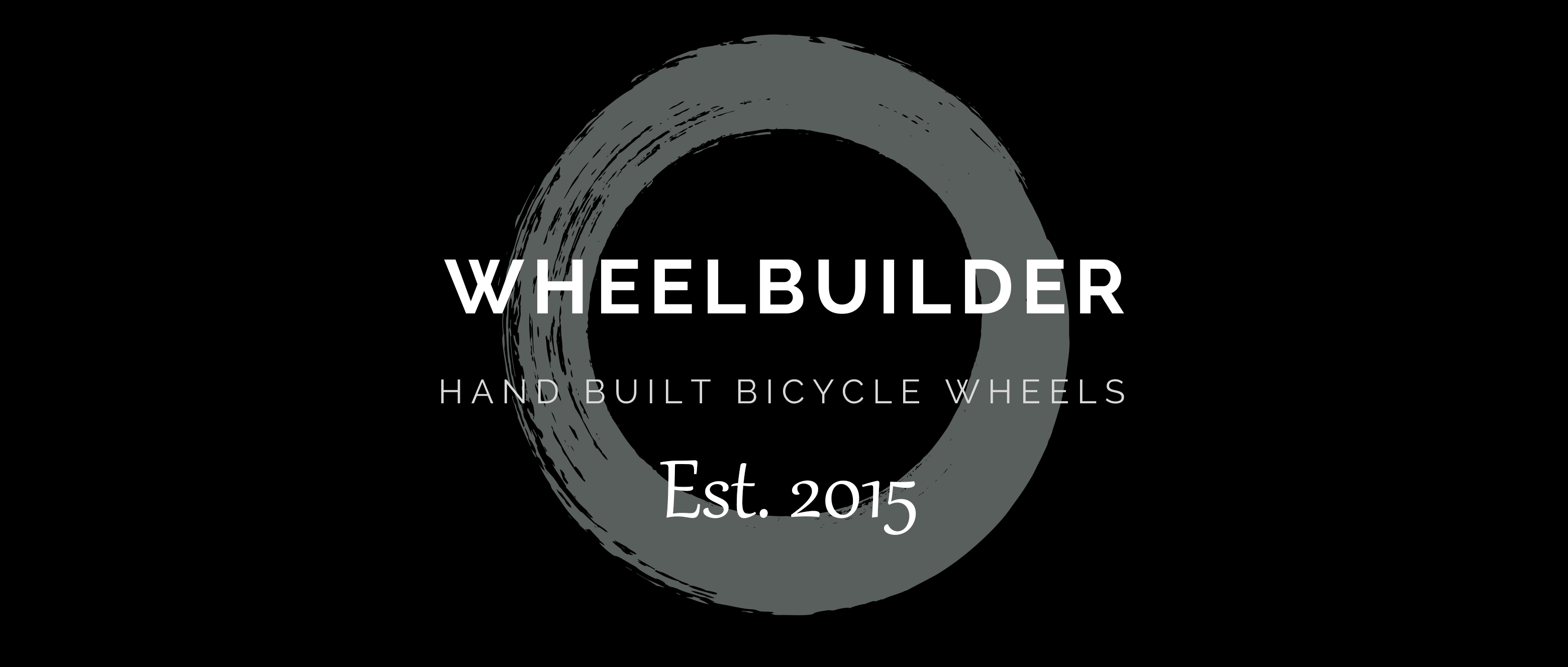Yes, you now get cassettes with 12 cogs, and over 500% gear ranges. That’s awesome, especially for those of us who love the latest bike tech.
As a cyclist who now faces an upgrade path from 10- or 11-speed, what are your options?
Obviously, you need a 12-speed cassette, rear shifter and rear derailleur. Ideally, your shifter and derailleur should be from the same manufacturer.
This begs the question: do you need to have your rear wheel rebuilt with a new hub, or is your current hub compatible with a 12-speed drivetrain?
First, let’s explore the lay of the land, as it were.
Your cassette fits onto what’s known as a freehub or freebody. There are basically 3 types found on modern mountain bikes, pictured below:
- Shimano splined freehubs (compatible with Shimano HG cassettes and SRAM PG-series cassettes, as well as cassettes from other brands like Sunrace)
- xD driver freehubs (and xDR for road-specific wheels) which are compatible with cassettes designed for this interface, like SRAM’s XG-series (Eagle, AXS etc)
- Shimano’s NEW Microspline freehub, designed to accept the brand’s new 12-speed cassettes

Secondly, let’s look at the 12-speed drivetrain systems which are currently available.
SRAM Eagle
SRAM’s 12-speed range consists of the XG-series (10-tooth smallest cog and is compatible with the xD driver freehub system) and NX-series (11-tooth smallest cog, which is compatible with the Shimano HG freehub system)
The SRAM cassettes come in a maximum 10-50t range – that’s 500% gear range (previously class-leading)
Shimano 12-speed
Shimano now offer their 12-speed technology in their XTR, XT and SLX ranges, with cassettes designed for the new Microspline freehubs. The reason Shimano has gone with a new freehub design is to accommodate a 10-tooth smallest cog, bringing them on par with the GX-Eagle offerings by SRAM.
The most popular of the 3 available Shimano cassettes is the 10-51 tooth model, at 510% gear range.
Sunrace MZ
Sunrace, a Taiwanese bicycle component manufacturer, has now entered the fray and offers a selection of 12-speed compatible components, including cassettes, shifters and derailleurs. 10-50t and 11-50t options are available.
e*Thirteen
Aftermarket component manufacturer e*Thirteen have a 9-50 tooth 12-speed cassette options which work with the xD driver freehub system. Even SRAM only has a 10-tooth smallest cog option.
Can you use your existing wheels with a 12-speed upgrade?
If your hub has a xD driver:
- You can use a SRAM GX-series cassette with 10-tooth smallest cog
- You can use a e*Thirteen or Sunrace cassette with 10-tooth smallest cog
If your hub has a Shimano HG freehub:
- You can use a SRAM NX-series cassette which has a 11-tooth smallest cog
- You can use a Sunrace 12-speed cassette which has a 11-tooth smallest cog
To use a Shimano 12-speed cassette:
- Use a new Shimano XTR, XT or SLX hub which comes with a Microspline freehub installed
- Convert your existing hub to Microspline. Hubs by Hope (Pro4 and Pro2 EVO), DT Swiss (350, 240S, 370, 180), and a few others have Microspline freehubs available and can be converted, by buying and installing a new freehub body

e*Thirteen 12-speed cassette 
Sunrace 11-50t 12-speed cassette
FAQ.
- Is your hub convertible to Microspline?
Google it, or ask me. - What if your current hub isn’t compatible, and can’t be converted?
You may opt to rebuild your rear wheel with either a xD-driver or Microspline compatible hub. The most commonly available, and best quality options are either Hope Pro4 or one of the DT Swiss models.
OR you can simply buy a Sunrace 12-speed cassette here which fits a Shimano HG-compatible freehub. - Can you mix SRAM, Shimano and Sunrace components? The short answer is yes – the cog spacing is almost identical on all of these cassettes and shifting will work. There are a few YouTube videos here about this if you’re interested.
- Will shifting performance suffer if you mix brands? This is somewhat likely, as manufacturers do design these systems as a unit, and Shimano claims that its special tooth profiles and chain link design make the shifting experience better than ever. Mixing parts will function fine however, so it depends on what’s most important to you as a rider.
Still confused?
Don’t worry – get in touch and I’ll do my best to answer your questions and get you set up with the most suitable solution.


No responses yet